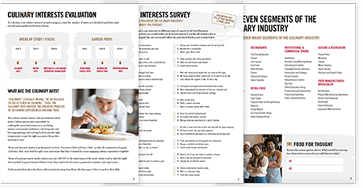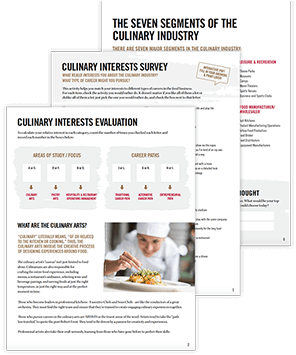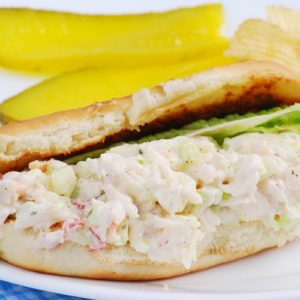 The culinary traditions of New England are both unique and highly varied. During your time in culinary academy, you will learn to prepare many of the dishes that are widely identified with the Northeastern United States. You may be a purist or looking to experiment with these dishes and make them truly your own. In either case, an understanding of the cultural background and key ingredients that go into New England’s food will help you grow as a cook.
The culinary traditions of New England are both unique and highly varied. During your time in culinary academy, you will learn to prepare many of the dishes that are widely identified with the Northeastern United States. You may be a purist or looking to experiment with these dishes and make them truly your own. In either case, an understanding of the cultural background and key ingredients that go into New England’s food will help you grow as a cook.
Colonial history
Much of what defines New England’s food culture was established in the colonial period as Puritan settlers adapted to their new environment. They harvested native fruits like blueberries and cranberries,which consequently became forever associated with Thanksgiving dinner. Other culinary traditions traveled with the settlers as they established potatoes as the region’s principal starch and prepared the meat pies and other foods they had enjoyed in eastern England.
Colonists in New England learned a great deal from the diet of the region’s Native American population. Settlers learned from natives to make cornmeal flatbread that developed into the johnnycakes common in both New England and Southern cuisines. Local groups, including Eastern Algonquian people, used maple syrup long before the arrival of colonists, who soon learned to make it themselves. Forbes pointed out that Vermont remains synonymous with high-quality maple syrup production in the United States.
Seafood and dairy
Seafood and a prevalence of dairy, especially cream, are major distinguishing features of New England’s food. The importance of these elements is perhaps clearest from New England clam chowder. As Serious Eats recounted, the dish’s roots go back to the stews eaten in coastal France and England. New Englanders made their own versions with ingredients like onions, potatoes, salt pork or beef, cod, oysters and clams.
Those stews gradually developed into multiple regional variations on clam chowder. Traditional New England clam chowder is based in a roux thickened with salted meat and includes potatoes and onions along with heavy cream. Its white color shows off its difference from other chowders, such as the Manhattan style, that add tomatoes to contribute additional flavor and a distinct red color. The Rhode Island clam chowder, however, is distinguished by having a clear broth.
Aside from the chowder, New Englanders gather plenty of other food from off the coast, with an abundance of fresh mussels, cod, shrimp and scallops available. Maine is particularly known for lobster, which is widely served at restaurants along the seaside during the summer. The fast, simple dish features lobster meat on a hot dog bun with mayonnaise and seasoning.
Meat and beans
New England’s traditional foods include much hearty fare influenced by English and Irish cuisines. The Boston North Shore is associated with exceptional roast beef sandwiches, and Boston baked beans are identified by being made with molasses or maple syrup and and flavored with bacon or salt pork. According to Celebrate Boston, the dish’s widespread consumption among the working-class population led to the city gaining one of its best-known nicknames: Bean Town.
The New England boiled dinner is a meal associated with St. Patrick’s Day that includes smoked ham shoulder or, more commonly, corned beef, along with cabbage and root vegetables. The meat simmers for hours until tender, with spices and vegetables gradually added to the mix.
Cookbook author Amy Traverso explained the practice of boiling meat to Northeast Flavor magazine. “Before refrigeration, boiled dinner was a tasty survival strategy,” she said. “The cut of meat needed to cook for hours, so you could go about your business while it cooked.”
In many ways, New England cooking bears the influence of the region’s geography and history. The cuisine draws on the cultural backgrounds of natives, early settlers and later immigrants alike. The heavy reliance on seafood and close adherence to traditional preparation, make many dishes instantly identifiable and a source of pride for New Englanders.
The Essential Culinary Career Survey The Essential Culinary Career Survey What's your ideal culinary career: Fine dining? Your own restaurant? Pastry? Get our self-evaluation survey to find out! We’ve compiled a checklist of all of the essential questions into one handy guide: career options, culinary interest surveys, educational opportunities, and more.




